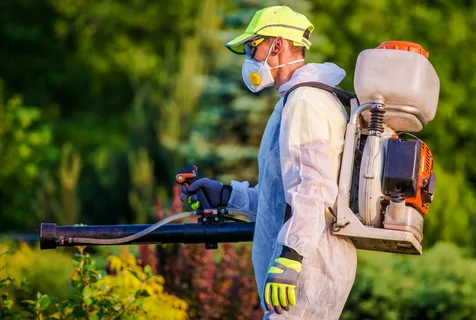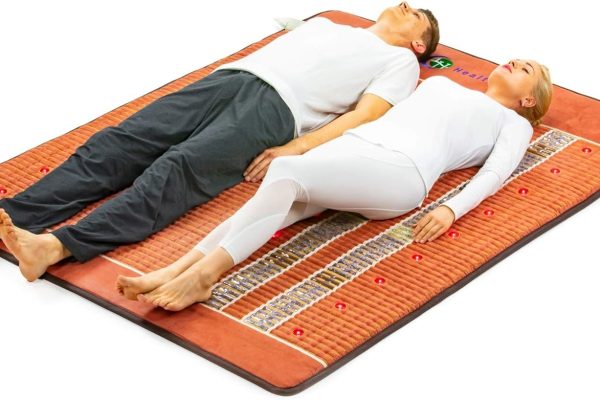Climate change is here to stay: fact. Extreme weather, including more frequent storms, hotter summers, and colder winters, will impact many areas of our lives and will have a profound effect on our properties – and how we take care of them – too.
From the need for more resilient roofing to requirements for building materials to be able to withstand greater variances in temperature, the construction industry is beginning to get to grips with this changing landscape. As homeowners, there are also lots of things that we should be doing, or considering doing, in good time, to ensure that we can continue to enjoy our homes and be comfortable within their walls as climate change takes hold.
One of the most important things to get on top of is the furnace: here’s what you need to know about why you should think about updating yours as soon as possible.
Resilient Design
Newer furnaces are built to be more resilient and to be able to continue working, without issue, at higher or lower temperatures than their forebears. This is great news for homeowners who dread a costly breakdown occurring in the winter months.
Resilient design is used by the best furnace brands and takes into account the possible consequences of climate change and the subsequent environmental pressures that these could put a furnace under. This means that you can expect your furnace to last and be reliable, no matter how extreme the weather. Newer furnaces are better able to keep running smoothly despite storms and large amounts of snowfall.
Energy Efficiency
Climate change has put our energy usage under the microscope. To have any chance of slowing it down, we all know that we need to be more energy-efficient. (Strattera) New furnaces are significantly more efficient in their energy consumption than older models – which is better for your wallet as well as the planet.johnson furnace parts
Today, some of the very best furnaces offer 90-99% energy efficiency; to give you an idea of how this translates into expenditure, it’ll cost you about $1 to get 96c of heat from a furnace that is 96% energy efficient. Being aware of just how great a difference a few percentage points of energy efficiency can make is important when it comes to choosing your new furnace.
One of the by-products of climate change is the fact that energy prices are likely to stay high – if not rise further. For many people, this has led to anxieties about the possibility of not being able to properly heat their homes in the colder months. By keeping the monthly bill cost down, an energy-efficient new furnace can help residents to continue to stay comfortable in their homes and not need to turn the thermostat down further than they’re comfortable doing.
Built to Last
Today’s furnaces are not only more resilient when it comes to withstanding extreme weather, but they’re also likely to last for a long time, too. With climate change causing so much uncertainty right now, knowing that your furnace can both weather any storms (literally) and not need replacing for many years offers homeowners much peace of mind.
What to Look for When Choosing a New Furnace
If you’ve decided to replace your furnace, then there are a few things to consider before making this potentially significant outlay:
Energy Efficiency
Looking for the most energy-efficient furnace is likely to be your number one consideration and stands to save you hundreds of dollars a year as well as being beneficial to the environment.
You may also want to think about an eco-friendly furnace: these typically generate much lower emissions than their standard modern counterparts, making them a great way to preserve good air quality.
Size of Property
Generally speaking, the larger your home, the larger the furnace you’ll need to heat it. Avoid, however, overestimating the size of your property and subsequently spending more than you need to on an oversized furnace. If you have your home’s blueprints, you should be able to find the measurements for each space there. Otherwise, simply measure each space, and then multiply the width by the length of each room and add all these figures together to get the total square footage of the property.
Warranties Available
Before committing to buying a new furnace, check the warranty that comes with it. You should expect to receive at least a ten-year warranty on parts for your furnace and a twenty-year (or lifetime) warranty on the heat exchanger.
Types of Furnaces
And finally, consider the type of furnace you’d like. Electric furnaces are usually cheaper to buy and install than other options, but you may find your monthly bills are comparatively higher; the upfront costs for an oil furnace may also be relatively low.
Dual fuel furnaces are also a choice, but a heat pump tends to be a good option for those who live in warmer climates that don’t experience much snow in the winter months. You can look at different types too, like mini-split, air-to-air, or ductless heat pumps.
Nevertheless, with climate change becoming more and more severe, the areas where snow isn’t a big issue may become harder to identify with any certainty as the effects of climate change increase.





